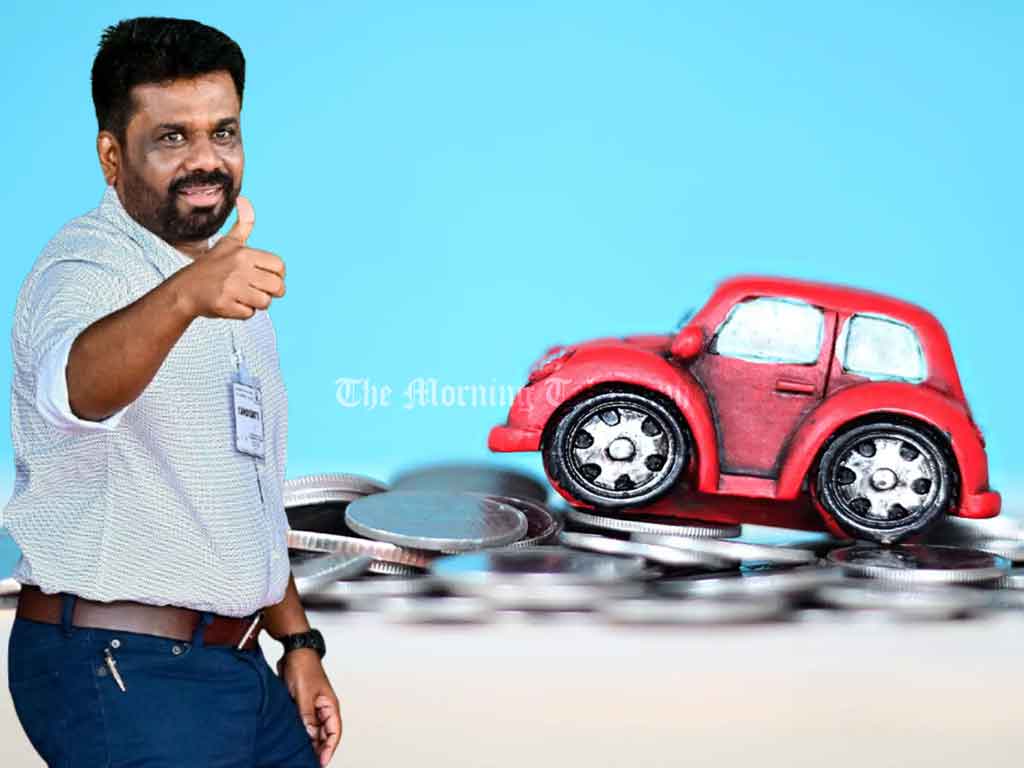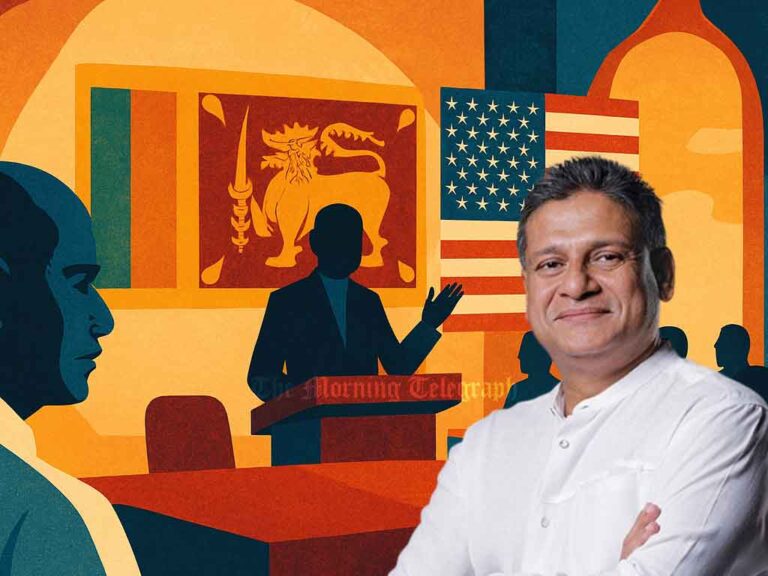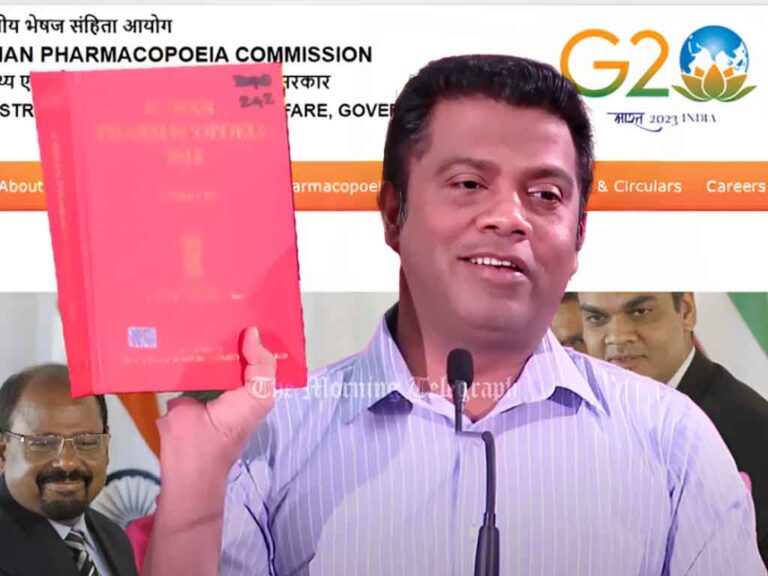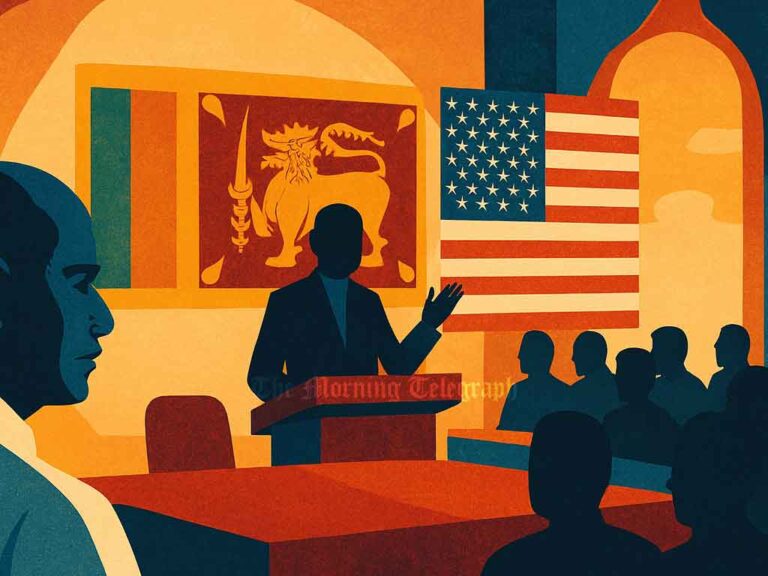
President Anura Kumara Dissanayaka announced that vehicle prices will see an initial increase upon the resumption of imports in February, following a five-year hiatus. However, he assured that prices would gradually decline over time as market conditions stabilize.
Participating in a televised program, the President explained that the initial price rise would help manage the surge in demand expected during the first few months. “This phased approach aims to reopen the vehicle market and support economic growth without adversely impacting dollar reserves,” he said.
In 2018 and 2019, Sri Lanka imported between USD 1 and 2 billion worth of vehicles annually, with imports peaking at nearly USD 2 billion in 2018 and USD 1.4 billion in 2019. The decision to resume vehicle imports is part of a broader strategy to revive the market and the economy, not merely to strengthen dollar reserves.
The President highlighted that the current vehicle market largely consists of stock imported when the dollar rate was Rs. 190. With the dollar now at Rs. 300, new vehicle prices are expected to reflect a 40% increase due to the higher exchange rate.
“The suspension of vehicle imports led to the emergence of a thriving second-hand market, where many vehicles were purchased on leasing terms at elevated rates. To prevent market disruptions, we must ensure brand-new vehicle prices remain slightly higher than second-hand prices, avoiding conflicts that could impact leasing companies and banks,” the President added.
The government plans to import vehicles worth USD 1.2 billion beginning February 1, with imports continuing throughout the year. However, the market will not be fully opened immediately to avoid overwhelming demand.
Approximately 20,000 vehicle permits have been issued, but permit holders will not be accommodated in the initial phase. Discussions are ongoing to develop alternative solutions for these permit holders. In 2018, USD 1.9 billion was allocated for vehicle permits, indicating the significant impact of such programs on the market.
The President concluded by reiterating the government’s commitment to managing the transition carefully to stabilize the market while ensuring the economic benefits of resuming vehicle imports are maximized.




